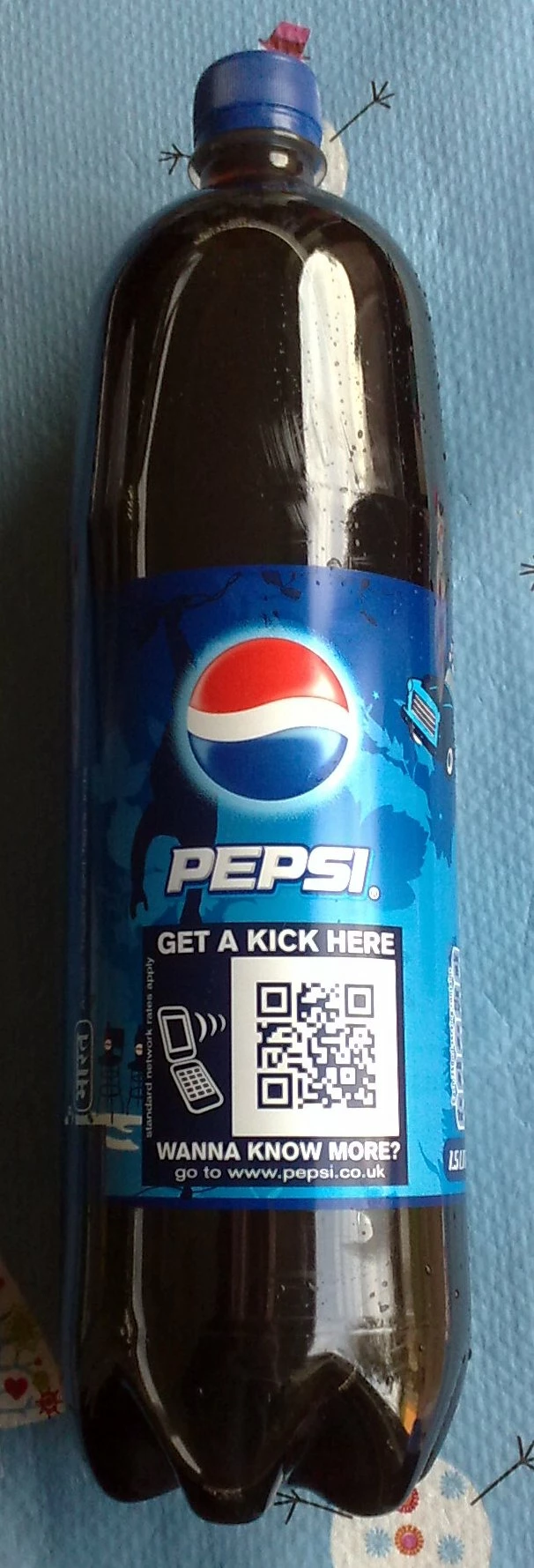
Member Article
QR codes must fit advert design and brand - or they get ignored
People are less likely to scan Quick Response (QR) codes if they aren’t seen to fit the advert or the brand, new research from King’s Business School has found.
Professor Shintaro Okazaki warns that marketers need to be aware that a complex visual design combined with a QR code that isn’t perceived to belong can be thwarting their intentions of drawing in potential consumers.
“Many firms all over the world are using QR codes, but the numbers of people actually scanning them are still quite low,” Okazaki says. “Incorporating them effectively into a campaign remains very important as it’s one of the few ways to jump from a 2D advert to the internet.”
The researchers found that people could be overwhelmed by adverts that are too complex and include a code that lacks aesthetic appeal, unless they are unusually curious.
Okazaki says the key to successfully using QR codes lies in giving people a tangible incentive to scan, like coupons or competitions, and ensuring that the code fits with the branding.
“This is all in the design process. The code should be incorporated into the advert and extensive feedback should be sought, perhaps by conducting in-depth pretests. If the QR code fits harmoniously in the design, even consumers who are only slightly curious will be more likely to scan it.”
The researchers used Coca Cola advertising posters to assess how curiosity, the complexity of a visual design, and the perceived fit with a brand affected consumers’ intentions to scan. The findings were recently published in the Journal of Business Research.
This was posted in Bdaily's Members' News section by King's Business School .




 test article 123456789
test article 123456789
 hmcmh89cg45mh98-cg45hm89-
hmcmh89cg45mh98-cg45hm89-
 test456456456456456456
test456456456456456456
 test123123123123123123
test123123123123123123
 test xxxdiosphfjpodskhfiuodsh
test xxxdiosphfjpodskhfiuodsh
 Savour the flavour: North Tyneside Restaurant Week returns for 2024
Savour the flavour: North Tyneside Restaurant Week returns for 2024
 Six steps to finding the right buyer for your business
Six steps to finding the right buyer for your business
 Stephen signs off on a special night
Stephen signs off on a special night
 Life’s a Peachaus: Gillian Ridley Whittle
Life’s a Peachaus: Gillian Ridley Whittle
 Making a splash: Phil Groom
Making a splash: Phil Groom
 Making workplace wellbeing a priority
Making workplace wellbeing a priority
 A record of delivery, a promise of more: Ben Houchen
A record of delivery, a promise of more: Ben Houchen